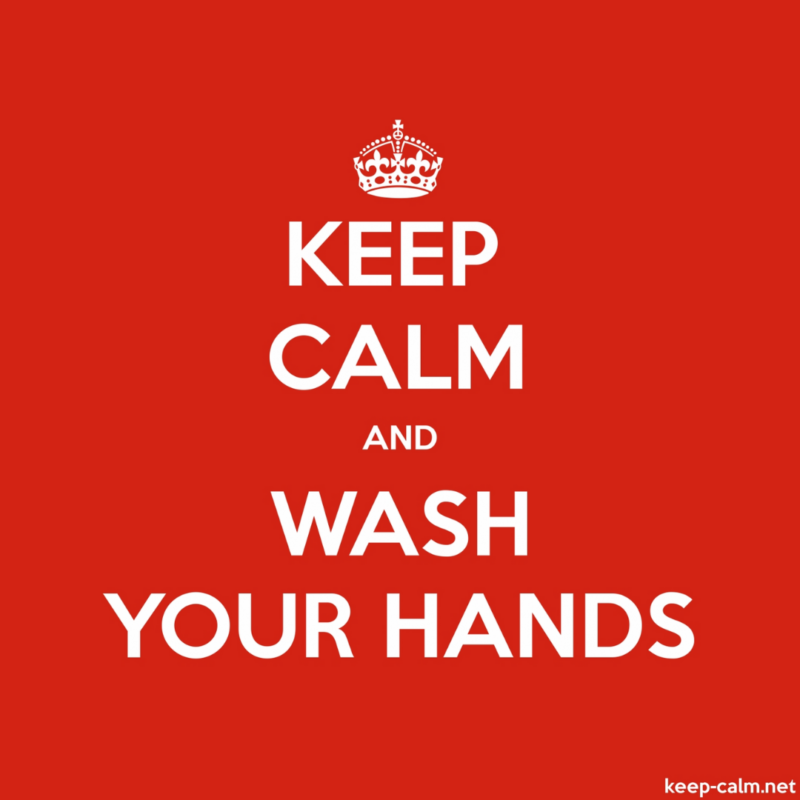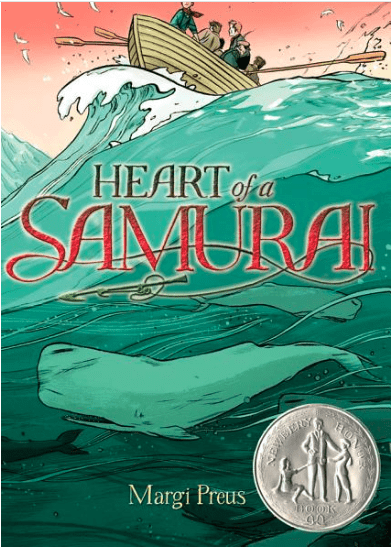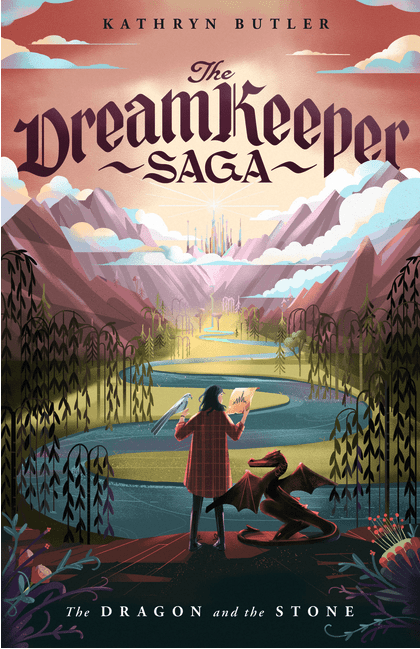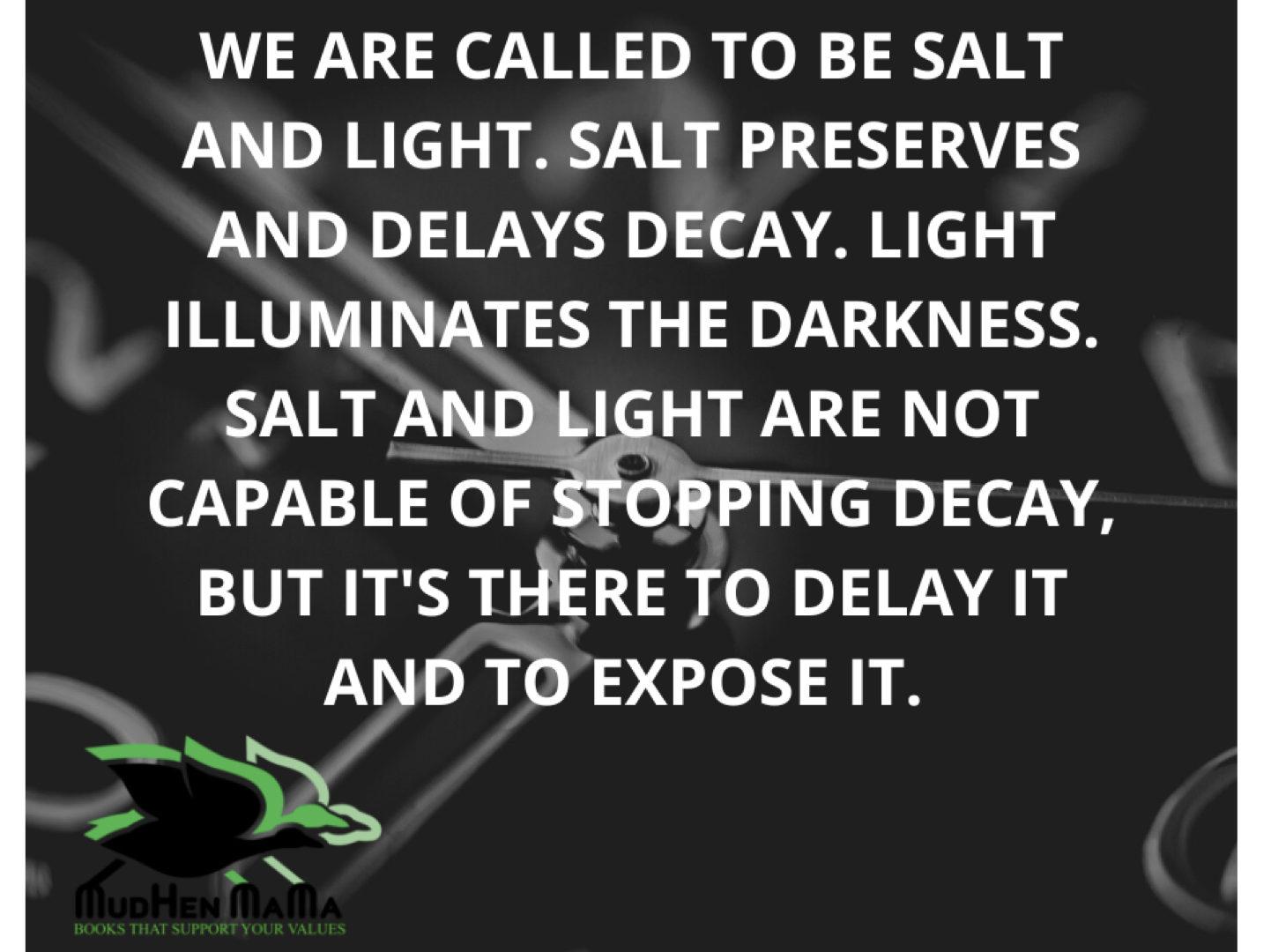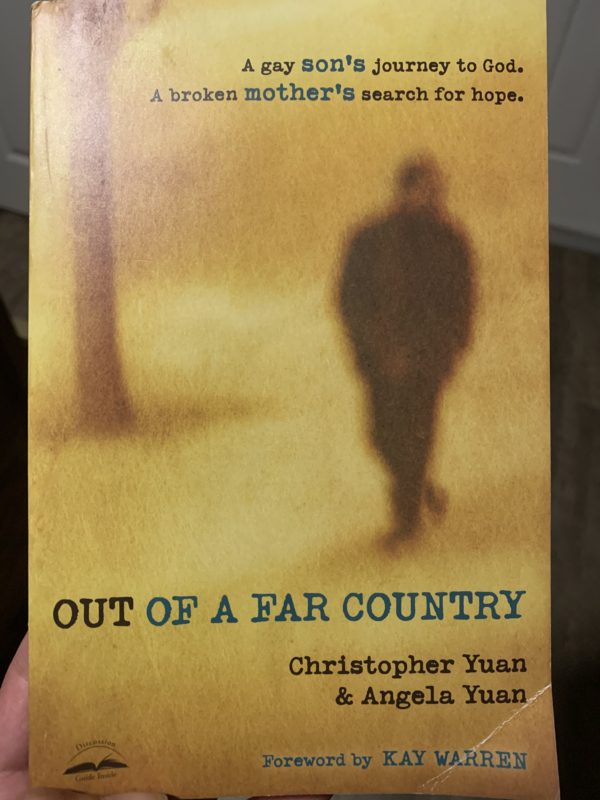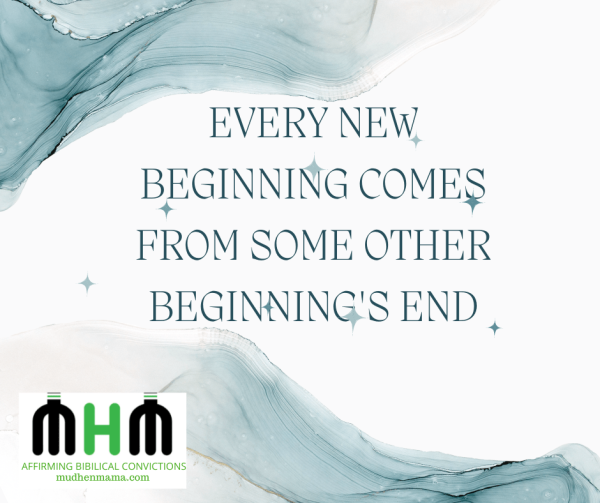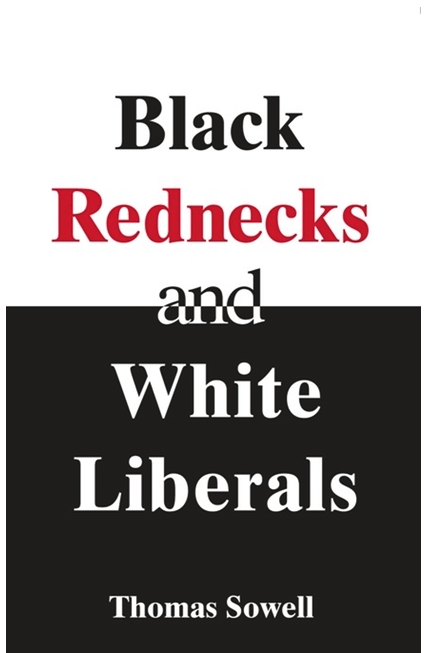
I’ve read a lot of articles recently about the coronavirus. It’s sort of hard to get around the subject. We’re all stuck at home. No one seems to be interested in much else, which is oh so understandable. But it’s disheartening to see that our country remains incredibly divided, even when it comes to this. To open or not to open. THAT is the question.
I read an article that was recently published by The Fresno Bee (I also have seen the same article in The Los Angeles Daily News). The article starts off criticizing the way the now infamous/famous California doctors (who I had mentioned in my last post) were able to conclude that in California, the death rate for Covid 19 was so low. The article states that the doctors: “…had called a press conference to release their conclusions about the results of 5,213 COVID-19 tests they had conducted at their centers and testing site. They claimed the results showed that the virus had spread further in the area, undetected, and thus wasn’t all that dangerous.” OK, so assuming that was all the doctors spoke about, maybe I’d be concerned that these doctors were medical professionals that were irresponsible in sharing information that could be so biased. However, that was maybe the first five minutes of the briefing; in its entirety, it was well over an hour.
So how else did the doctors mislead the public? The article is silent. Literally. That was the only thing the journalist wrote about. If you were to continue watching past 5 minutes of the original news briefing, you’d know that the doctors proceeded to provide data from other states, including New York. They used various state’s published data that I would think would be much more extensive, since these states would have the capacity to do so. And guess what? Same conclusion.
And what about the big anomaly, Sweden? Again, nothing from the article above. But you’ve guessed it, the doctors had addressed that. Sweden had very loosey-goosey social distancing (check out this article from the New York Times). No face masks. No closing of schools (granted, only schools for under 16 years of age were open). Businesses were and are still functioning. And the death rate from Covid is not a whole lot different than most of their European neighbors. Yes, it’s definitely higher than others but not significantly more. Not to the tune of terrible increases in pornography use (which is tied to human trafficking), suicide, financial ruin, depression, domestic violence, skyrocketing unemployment, etc, etc. that we see (or will see) here in the United States.
Now just to be clear, these doctors are not alone. It’s not just Fox News covering these stories either. Did anyone check out this Wall Street Journal article? Dr. Ioannidis, a well known and respected Stanford medical doctor, had predicted since March that the death rates from Covid-19 would be very low, comparable to the flu season. Sounds familiar, yes? And here’s another article that sites Dr. Atlas, another Stanford doctor, who’s statistical numbers concur with the California doctors.
I have also seen another article tackle the news briefing in its entirety. I’ll give it that this article seems much more comprehensive than the article referenced above. The author had some valid points. However, here’s the rub for me. Yes, shelter in place works to slow the spread. But aren’t we trying to slow the spread? Not stop it? Since that’s sort of an impossibility?? According to what I understand about flattening the curve, the number of people getting this virus will remain largely unchanged. The virus is extremely contagious and most everyone at one point or another will get it or be exposed to it. We sheltered in place so that the hospitals wouldn’t be overrun with Covid patients. But after we flattened the curve, my impression was we’d go back to some kind of normalcy. The hospitals could handle the influx. So yes, sheltering in place works, but are we to shelter in place until this virus is completely gone? How practical is that? How rational is that? During the 1918 Spanish flu pandemic, yes there was social distancing, but not the economic shutdown that we are going through currently. These are unchartered waters (see the National Review article above). But one thing I know, is that the curve is flattened. Why are we still sheltering in place?
On another related note, does anyone remember or has anyone heard about the Hong Kong Flu of 1968? According to this article in National Review, that flu killed around 100,000 people in the United States. In comparison, that’s far less than the coronavirus thus far (currently the US is at 61,000 deaths). And no one shut anything down. Kids went to school. Life went on.
Now please don’t get me wrong, I understand why many people want to keep the country closed. I think all of us are afraid for not only the lives of the vulnerable (whom we all want to protect), but our own lives from all we’ve been told in the media. Those other statistics are scary. Stories of dying people gasping for their last breath on ventilators is heart-wrenching as well as terrifying. But the life that the majority of healthy Americans (whose chances of dying from this disease are incredibly small) are living right now is not a “normal” life by any stretch of the imagination. Life has risks. It’s innate to our very existence. But just because there’s risk in this life doesn’t mean we should live our lives in stagnant air bubbles called our homes. I love my home! But not THAT much. We need to choose to not be ruled by fear (2 Tim 1:7)! Should we protect the vulnerable? Absolutely. But we shouldn’t force the general public who is healthy to continue to stay at home.
We need to open this country cautiously, step by step, being sensitive to the needs of the immunocompromised around us, but we need to start marching in that direction. As soon as possible. We’ve flattened the curve. We’ve listened. We’ve obeyed. Now it’s time to move forward.
The weight of these decisions obviously lies in the hands of those governing our country, from the President down to mayors of small cities. We need to pray for all of these men and women who need to make these important decisions (1 Tim 2:1-4). Let’s all pray for them to make the best decisions for each of our communities.
And when we share information, let’s share it respectfully. Even if we don’t agree, we can be civil and kind. We all want what’s best for our country. I think we can minimally agree on that.

